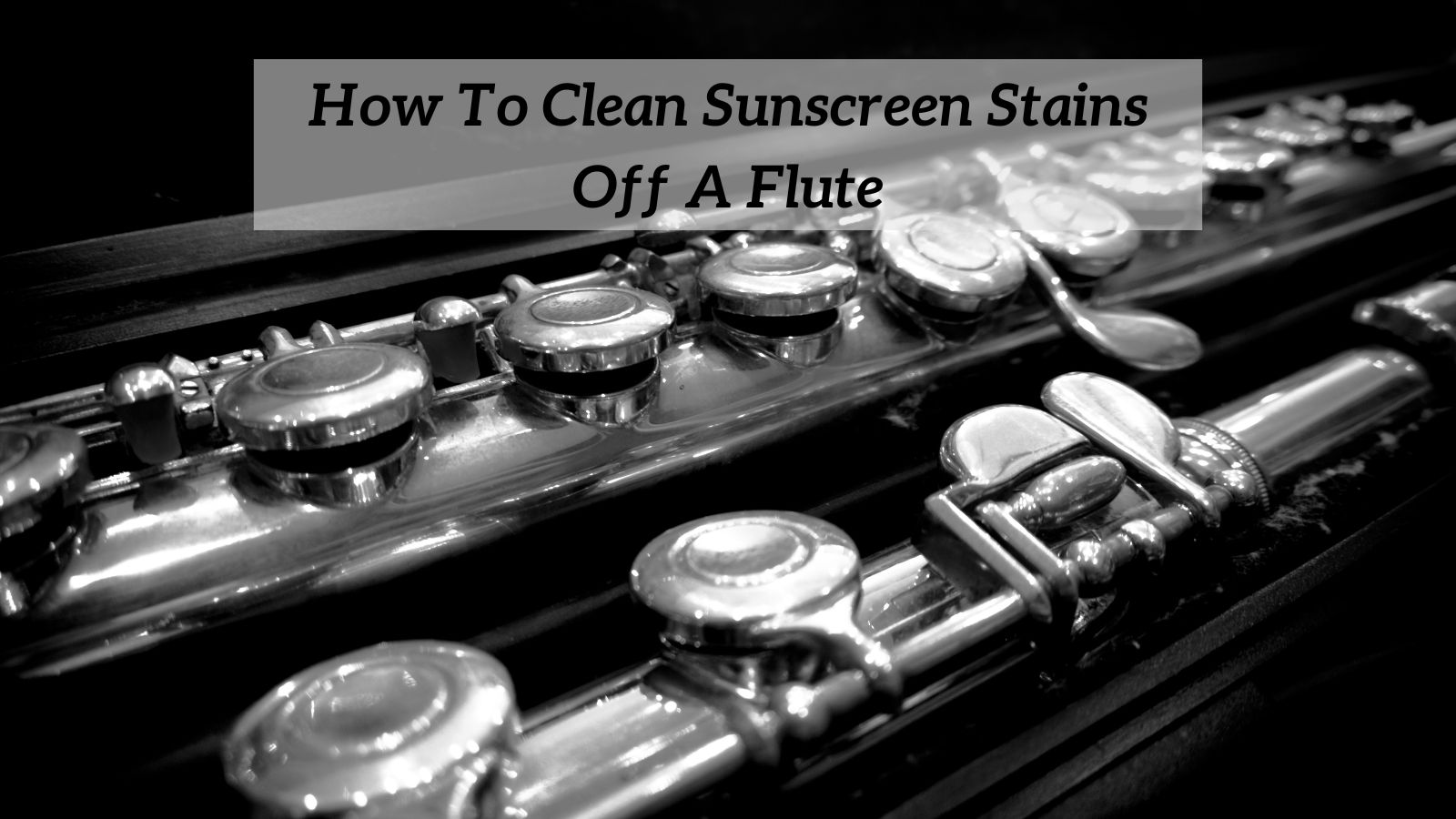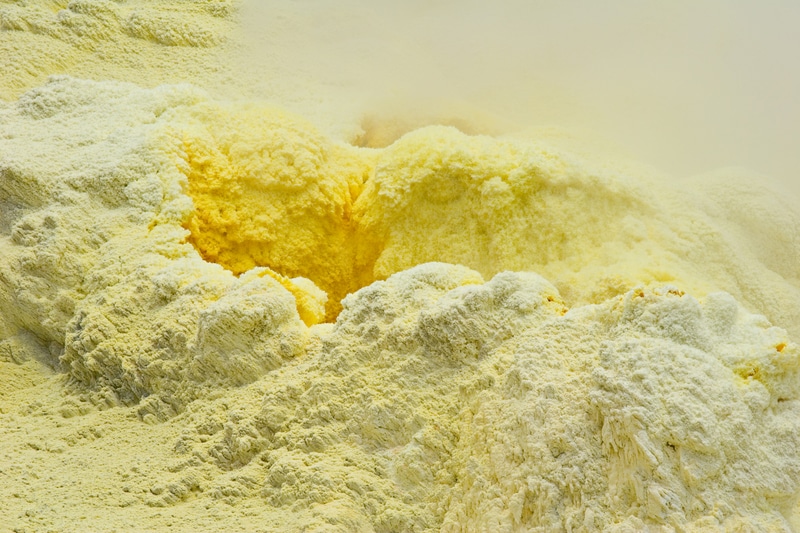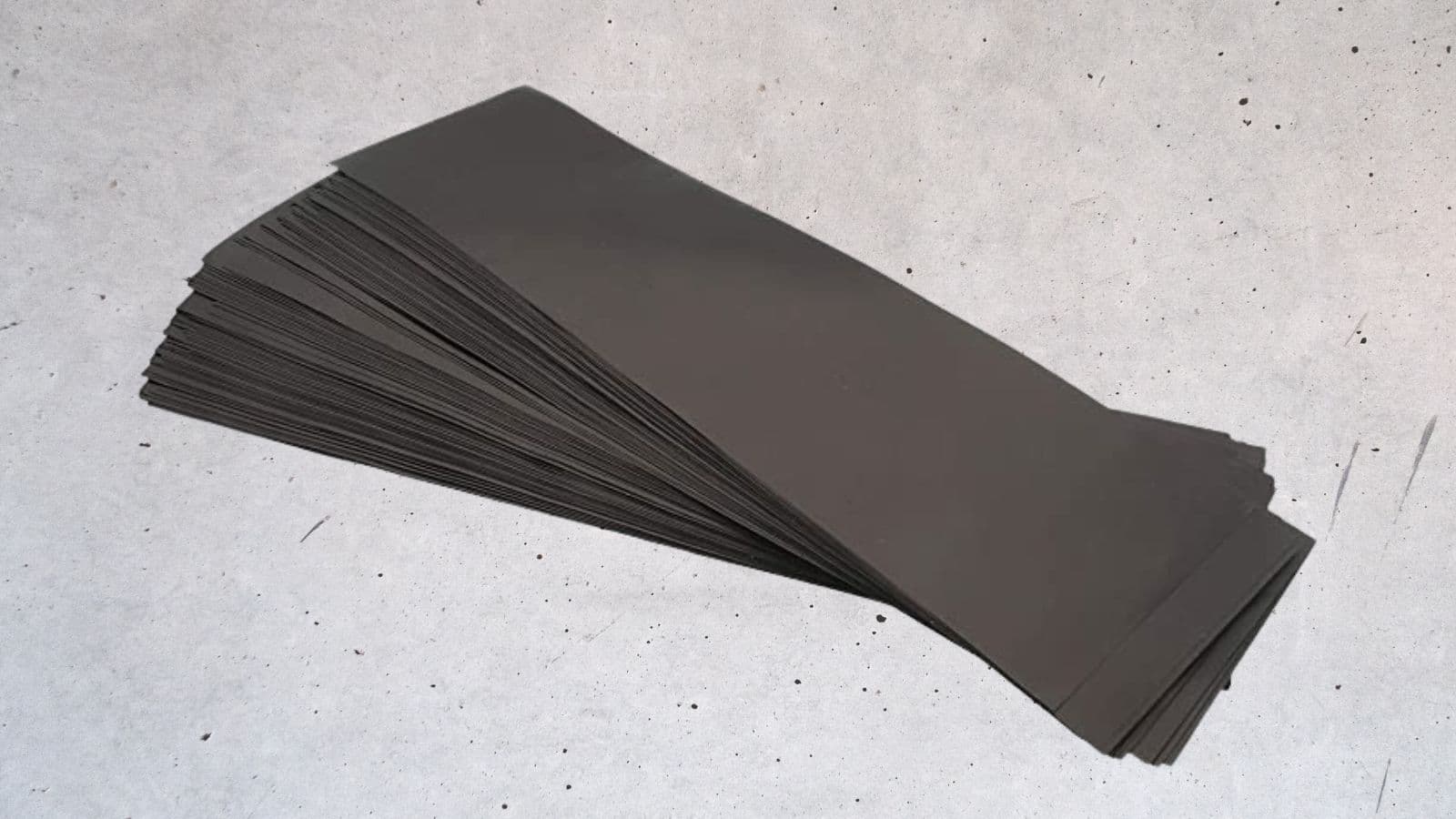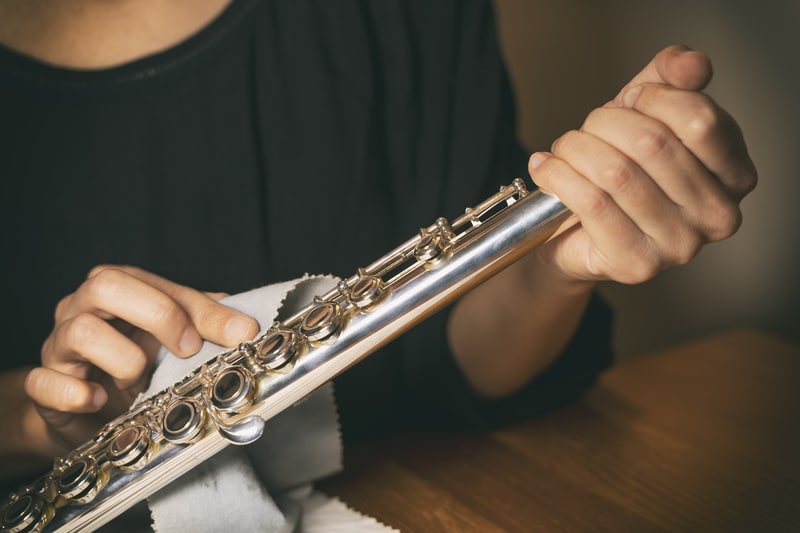
When you’re looking at an orchestra from the audience, it’s hard to miss the flute section with their shiny metal instruments.
Made from precious metals such as silver, gold, and platinum, flutes are known for their beautiful exteriors as well as their captivating sounds. It can be disconcerting when your instrument begins to show signs of tarnish or stain.
This is a common occurrence that happens to many people, though the cause and how to fix it is not as commonly known.
Where does tarnish come from?
Though it is tempting to believe the tarnish comes from substances on the skin, the most common cause of tarnish is exposure to sulfur. This can occur in numerous ways. Certain people naturally have higher sulfur content in their body than others.
Other times it has to do with diet; foods such as eggs, beans, broccoli, cabbage, and onions (among many others) raise sulfur levels.
Either way, the sulfur can be expelled by the body both through the breath, which is obviously a huge part of flute playing, and through natural body oils and sweat, including through the hands.
There are a few other external factors that can raise your flute’s exposure to sulfur. Sometimes flute cases are held together with glue that is high in sulfur and can affect the instrument.
Additionally, rubber and latex both contain high levels of sulfur and should be kept away from the flute. Finally, certain substances such as sunscreen can dull precious metals, making them more susceptible to damage.
It’s important to note that tarnish generally occurs with silver flutes only. Most gold flutes still contain some silver, so a gold flute will not necessarily be tarnish-free, but the damage will be much less obvious.
Preventative measures to avoid tarnish
In order to prevent tarnish, there are several steps flutists can take:
- Wash your hands before playing.
This will remove any unwanted substances such as sunscreen from your fingers, thereby protecting the keys and other parts of the instrument your hands frequently touch. - Brush your teeth before playing.
If you have eaten food high in sulfur prior to playing, you run the risk of transferring that sulfur to the flute.
Brushing your teeth before playing will not only help prevent this, it will keep the flute cleaner in general. - Always clean the inside and outside of the flute thoroughly immediately after playing.
It is important to clean your flute every time you play. The most common way to clean the inside of the flute is by swabbing, which involves attaching a cloth to a rod and inserting it into each of the three parts of the flute. The outside of the flute should be wiped down with a microfiber polishing cloth. The lip plate can be cleaned with rubbing alcohol. - Keep your flute in its case when not playing.
Do not leave your flute outside its case for long periods of time. This exposes it to potential sulfur in the atmosphere and causes other issues such as pad dryness. - Take your flute in for annual cleaning and maintenance.
Taking your flute to a qualified professional once a year will keep it in excellent condition. They will perform a COA, or a Clean Oil Adjust, during which time they will thoroughly clean the instrument, help remove tarnish, and polish the instrument, among other services.
But what if the flute is already tarnished?
Preventative measures are important for maintaining your instrument, but sometimes tarnish can’t be avoided, especially if your hands are naturally acidic. Here are some steps you can take to remove tarnish from your instrument.
How To Clean Sunscreen Stains Off A Flute?
- Use alcohol for a deeper clean.
Isopropyl alcohol and denatured alcohol can both be used to clean a flute, but denatured alcohol tends to be more effective. It can be used in small amounts with a gentle cleaning cloth. - Put anti-tarnish strips in your case.
Anti-tarnish strips are simple to use: just put this paper directly in your flute case and replace it every couple of months. This will help prevent and remove tarnish.
- Take the flute in for professional cleaning and tarnish removal.
Unfortunately, sometimes the only solution is to take the flute into a professional. Though there are other at-home methods that can be tried, it is dangerous for the instrument for someone to attempt these without proper knowledge.
A professional flute repair person can polish off any sulfur exposure using a buffing process or give the flute a chemical cleaning. When done properly, both of these solutions are highly effective at removing tarnish, though they can be expensive.
Once done, you can take the preventative measures listed here to avoid having to frequently repeat the process.
Some do-nots:
If you do some research, you may find some suggestions online or elsewhere on how to remove silver tarnish at home. It is not recommended to try these methods, as they often cause damage to your flute. Here are some potential methods to avoid:
- Using toothpaste, baking soda, or oil.
While these substances sometimes have good cleaning effects, they will likely cause damage to the pads and mechanisms on the instrument. They are too aggressive and should never be used. - Using silver polish by yourself.
While silver polish is an effective way to remove tarnish, it is not a good idea to try this at home alone without prior experience. When not done properly, it will stick together in inappropriate places, causing you an expensive professional cleaning job. - Cleaning too extensively.
It is important to clean the instrument after each use. However, it is important not to clean with too much pressure or frequency, as this can scratch the instrument or injure the pads.
Though it can be stressful to see signs of tarnish on your flute, be assured that tarnish is very normal, especially in small amounts. Tarnish is purely a cosmetic issue and will almost never affect the quality of sound.
As long as you are washing your hands, brushing your teeth, and cleaning your flute regularly, you should be able to avoid staining and tarnishing your instrument.




